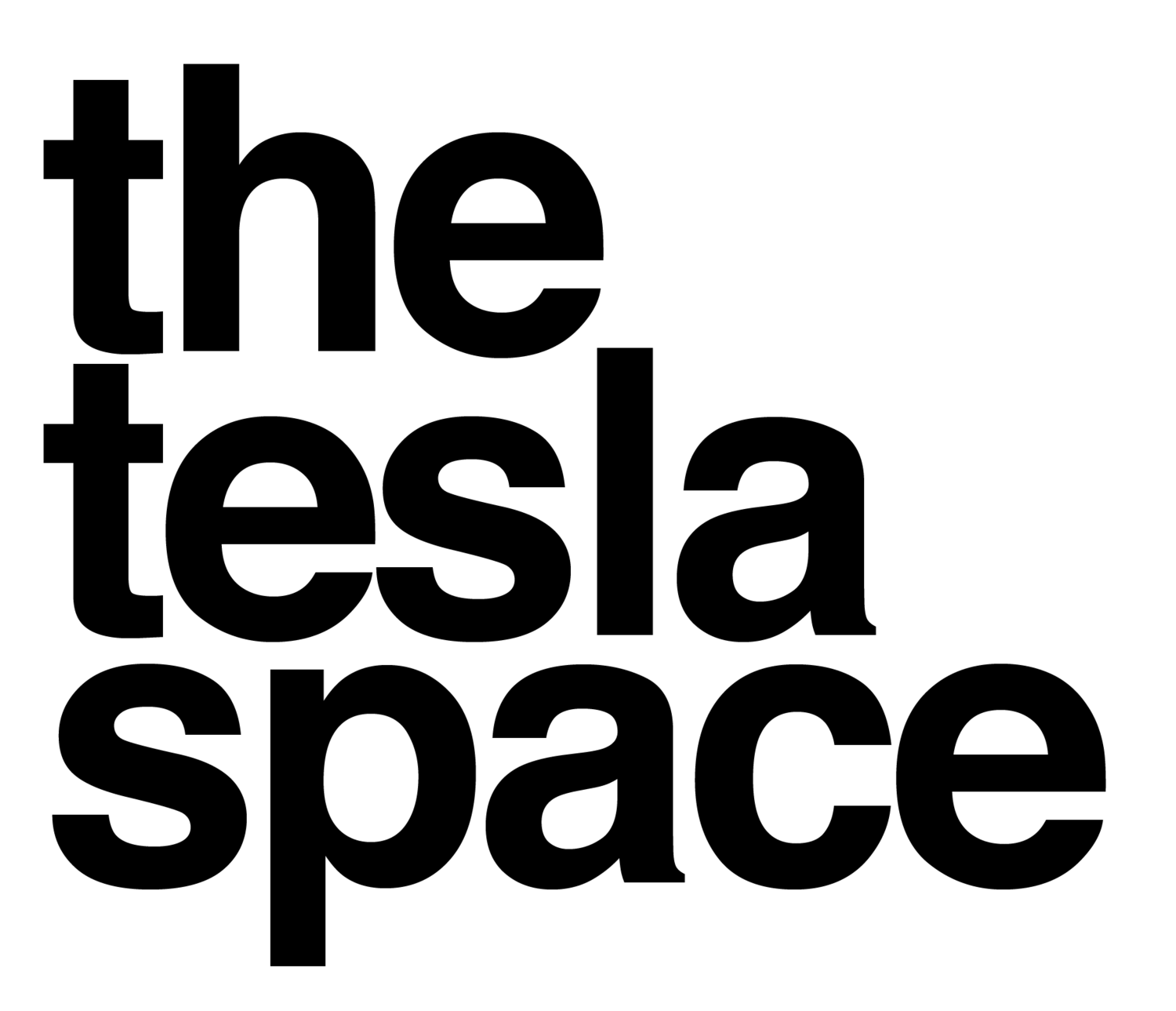New 4680 Battery Update From Tesla!
In today’s post we have the latest updates on the SpaceX Starship and FAA approval, a new patent release showing details of the 4860 battery, new US regulations against emissions that will help fuel Tesla profits and Tesla’s head of Artificial Intelligence is leaving. So let’s get going.
SpaceX Continues Starship Development as FAA Pushes Back Approval
In the latest news out of Starbase Texas we are finding out that the Federal Aviation Administration has pushed back the timeline for their approval of the launch site to April 29th.
This is the third time that the expected delivery date for the FAA’s ruling has been delayed since the process began in June 2021. The official process is known as a Programmatic Environmental Assessment, and the stated goal is to verify that the SpaceX Starbase launch site meets requirements for safety and environmental impact. The programmatic nature of SpaceX’s Starbase review would theoretically allow the company to start small and gradually expand and add new facilities and capabilities without having to restart the arduous review process for each change.
In their latest release, the agency remained vague on progress towards a final approval, writing, “The FAA is currently reviewing the Final PEA and completing consultation and coordination with agencies”. Whatever that means.
Though, it should be said that even if this process feels like it’s dragging on too long, it’s actually moving at a fairly standard pace for this king of project - the biggest issues is that the FAA came out of the gate saying that it could be completed in 6 months, when experience from similar approvals suggest the process would take a year or more to get through.
For example, SpaceX has already gained approval to launch Starship to orbit from their launch complex at Kennedy Space Center in Florida. Despite the fact that this was already a well used, orbital spaceport and SpaceX were simply building on top of existing launch infrastructure, and even with NASA already operating on site, it still took the FAA a full year to complete their Environmental Approval for 24 orbital Starship launches from pad 39A.
So, the idea that the same process could be done for a brand new spaceport constructed in the middle of nowhere Texas, could be completed with just 6 months lead time? Doesn’t add up.
Not that any of that really matters anyway, because according to Elon Musk the Starship is still going to take a while to be ready for launch. Last week Elon said on Twitter that the first orbital launch would be done with the Raptor 2 engine, a more powerful and reliable version of the engines that are currently mounted to Ship 20 and Booster 4. And as we had all assumed at that point, Elon went on to confirm that a new pairing of Ship and Booster would be fitted with Raptor 2’s for the first orbital test. Elon said that the engines would all be complete for April and then fitted to the vehicles for a launch in May.
But given the fact that SpaceX never even static fired Booster 4 one time, and they have yet to experiment with lighting any more than 3 Raptors at once, it seems unlikely they could just bolt in the engines and be ready to go to space. Launching in May feels a lot like Elon Time. It is very likely going to take longer than that to actually happen.
We are currently eyeing up Ship number 24 and Super heavy B7 as our new candidates for an orbital launch. The Booster is looking mostly complete, just without its thrust puck and engine complement. While Ship 24 is still in several pieces around the construction bays.
What’s interesting about Ship 24 is that it’s recently been spotted with a weird kind of cutout in the payload fairing section of the body. It’s not like anything we’ve seen before on a Starship, that’s usually illustrated with a giant clam shell opening - this is like a mail slot or something.
And that’s led to speculation this is a special Starlink dispensing slot, where each satellite would pop out one by one, like a pez dispenser or something. It sounds unlikely, but this guy Eric X has already gone to the trouble of animating how that might look, and it seems to make sense at least. This procedure would eliminate the need for a giant mechanism to control a full length door on the cargo fairing.
New Design Illustrations from 4680 Battery Patent
Tesla has recently published the patent called "Tabless energy storage devices and methods of manufacturing thereof," which describes the 4680 battery with tables cathodes and anodes, and also the methods for manufacturing the cell.
So, we’ve all heard a lot about this ‘tabless’ design for the 4680, it is the reason that this cell can be 5 times larger and *SIX* times more powerful than the existing 2170 cell. But it can be hard to understand what that actually means with Tesla just providing us that one image of the already completed copper shingle pattern.
In this patent illustration, we can see the process of making tiny cuts along the length of the cathode and anode sheet, and then folding them over. Then when this perforated strip is used to create the ‘jelly roll’, all of these little flags of metal will overlap each other all the way into the middle of the cell. This eliminates the need for one singular tab on each terminal of the battery, because the electrons can flow freely across this mass of connected flags and into the terminals of the cell casing. By eliminating the need for electrons to move through tabs, the design is eliminating ohmic resistance from inside the jelly roll, and therefore increasing the amount of power that is able to flow through the cell.
This automated process for cutting and folding the flags directly into the cathode and anode will make for a significantly faster manufacturing process for these cells, because the production line will never need to stop and weld on a tab to each positive and negative terminal.
NHTSA Increases Fines forFuel Economy Standard Violations
A recent decision from the NHTSA is actually promising to do something good for Tesla. And basically everyone else who breathes. The administration has made the decision to implement a sharp increase in penalties for automakers who do not meet fuel efficiency standards.
The NHTSA has noted that the decision, quote, “increases the accountability of manufacturers for violating the nation’s fuel economy standards.” The agency further stated that the increased penalties incentivize vehicle manufacturers to make improvements in their products’ fuel economy. The higher fines are expected to cost affected carmakers hundreds of millions of dollars, but it could also benefit Tesla as well.
This opens up even more opportunity for Tesla to sell off the regulatory credits that they receive for making zero emission vehicles - since Tesla does not produce any polluting vehicles to offset, they have all of these credits accumulating that the internal combustion automakers desire to offset their own emissions. Selling credits has always been a lucrative business for Tesla in the past, and it’s about to get even better.
The new potential fines for noncomplying automakers are substantial. For the 2019 to 2021 model years, the fine would be 14 dollars for every tenth of a mile per gallon that vehicles fall short of required fuel economy standards, multiplied by the number of noncomplying vehicles that were sold.
This is a bit complicated, so for example, if the stated fuel economy standard for a particular class of vehicle is minimum 20 miles per gallon, and the production car ends up being rated at 19 miles per gallon, then that’s 10 x 14 which equals 140 dollars, multiplied by the number of that particular model that was sold. So if a company produced 1 million cars that missed the standard by just 1 mile per gallon, then they will be fined 140 million dollars. And that racks up to 15 dollars per tenth mile in vehicles produced in 2022. This is up from the existing fee of just 5 dollars and 50 cents per 10th mile.
So, ICE vehicle producers can either pay out heavy fines, or they can purchase regulatory credits from Tesla to offset these penalties. It’s also worth noting that Tesla has always made a lot of money from selling these credits, up until fairly recently it was the only way they were able to stay profitable. That’s no longer the case thanks to increased production volume and hugely popular vehicles like the Model Y coming to market. The credits are given to Tesla for free, they do not have any use for them and they’d honestly be stupid not to sell them for whatever price the other automakers are willing to pay - and that price is now sure to go up along with the increase in fines.
Andrej Karpathy Takes Leave from Tesla
Elon Musk announced that Tesla’s head of Artificial Intelligence, Andrej Karpathy, is on a four-month sabbatical, and people are freaking out.
Not that there is actually anything to panic about, it’s just that Tesla has a bad history with situations like this. For example, Doug Field, Tesla’s former senior Vice President of Engineering, took a leave of absence to, quote, “recharge and spend time with his family” back in 2018. At the time, Tesla reassured everyone that Field hadn’t left the company.
A few months later it was revealed that Field had in fact left the company.
So of course it’s going to be worrying that Tesla might lose Karpathy in a similar circumstance. And this is not a person that the company wants to be without, Andrej is probably one of the most talented AI programmers in the world, he’s been a driving force behind everything that Tesla have accomplished over the past 5 years with Autopilot and Full Self Driving.
After Elon made the announcement on Twitter, Karpathy took to the social media himself to comment on his sabbatical, writing,
“Taking some time off to rest and travel after almost 5 years at Tesla. Especially excited to get focused time to re-sharpen my technical edge and train some neural nets! Though I already miss all the robots and GPU/Dojo clusters and looking forward to having them at my fingertips again.”
A little later in the day, he clarified more details in a second tweet, saying, “A number of people asked - I am doing a “digital nomad” trip, packed up in one backpack and going east, saying hi to friends along the way and reading papers/writing code. Currently in UK, continuing to Europe, Asia and wrapping around back to Bay Area.”
So, sounds like the man just needs a little break and something of a working vacation. Probably no big deal. And this is also a good time to remember that even though Karpathy is the big brain on the Tesla team, there are a bunch of other really smart people who work specifically on Autopilot and FSD on a daily basis, we saw them presenting on stage at AI Day last summer, they were kinda awkward but incredibly knowledgeable. Those are the folks who actually keep the cars on the roads and they deserve more credit for that.


